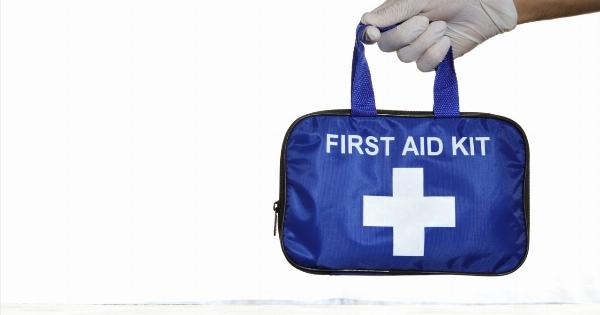Hand injuries can be debilitating and extremely inconvenient. They can greatly impact one’s life, not only in terms of physical mobility and independence, but also financially and psychologically.
This is why it is important to consider the role of your “good” hand in accidents.
What is a “good” hand?
When it comes to hand injuries, we often hear about the dominant hand being affected. This is understandable, as the dominant hand is the one that is typically used more often for daily activities such as writing, eating, and driving.
However, the concept of a “good” hand goes beyond just being dominant.
A “good” hand in the context of accidents is the hand that is less affected by the injury and can still perform certain tasks, such as holding a pen or brushing teeth.
This may not necessarily be the dominant hand, but rather the hand that has more mobility and dexterity after the accident.
The impact of losing your “good” hand
Losing your “good” hand in an accident can have a significant impact on your life. It can limit your ability to perform simple daily tasks such as cooking, cleaning, and even getting dressed.
It can also affect your ability to work and earn a livelihood. In certain professions, such as musicians or artists, the loss of a “good” hand can mean the end of a career.
The psychological impact of losing a “good” hand should not be overlooked either. It can lead to feelings of depression, anxiety, and a loss of identity.
Studies have shown that people who have undergone amputations or lost a limb are at a higher risk of developing mental health issues.
Why your “good” hand matters in accidents
In accidents, your “good” hand may be the only one that is not severely injured. This means that it is important to protect and prioritize this hand in order to minimize the impact of the accident on your life.
For example, if you are in a car accident and both of your hands are injured, it may be difficult to perform simple tasks such as opening a door or using a phone.
However, if your “good” hand is less injured, you may still be able to perform these tasks with relative ease. This can make a huge difference in terms of your independence and ability to carry out daily activities.
What can you do to protect your “good” hand?
Here are some tips to protect your “good” hand in case of an accident:.
1. Wear your seat belt
In car accidents, wearing a seat belt can greatly reduce the risk of hand injuries. This is because seat belts prevent your hands from hitting hard surfaces in the car, such as the dashboard or the steering wheel.
2. Use protective gear
If you work in a profession that involves using power tools or machinery, it is important to wear protective gear such as gloves and safety glasses. This can help prevent hand injuries in case of an accident.
3. Be aware of your surroundings
Accidents can happen anywhere, and sometimes they are completely out of our control. However, being aware of your surroundings and taking precautions can help minimize the risk of accidents.
For example, if you are walking on a slippery surface, be extra cautious and hold onto railings or other supports with your “good” hand.
4. Seek medical attention immediately
If you are involved in an accident and you suspect that your hand may be injured, seek medical attention immediately. Delaying medical treatment can worsen the injury and extend the healing process.
In conclusion
Hand injuries can have a significant impact on one’s life, both physically and psychologically. This is why it is important to protect your “good” hand in accidents.
It may be the only hand that is less affected by the injury, and can still perform certain tasks that are essential for daily life.
By wearing your seat belt, using protective gear, being aware of your surroundings, and seeking medical attention immediately, you can minimize the risk of hand injuries in accidents and protect your “good” hand.





























